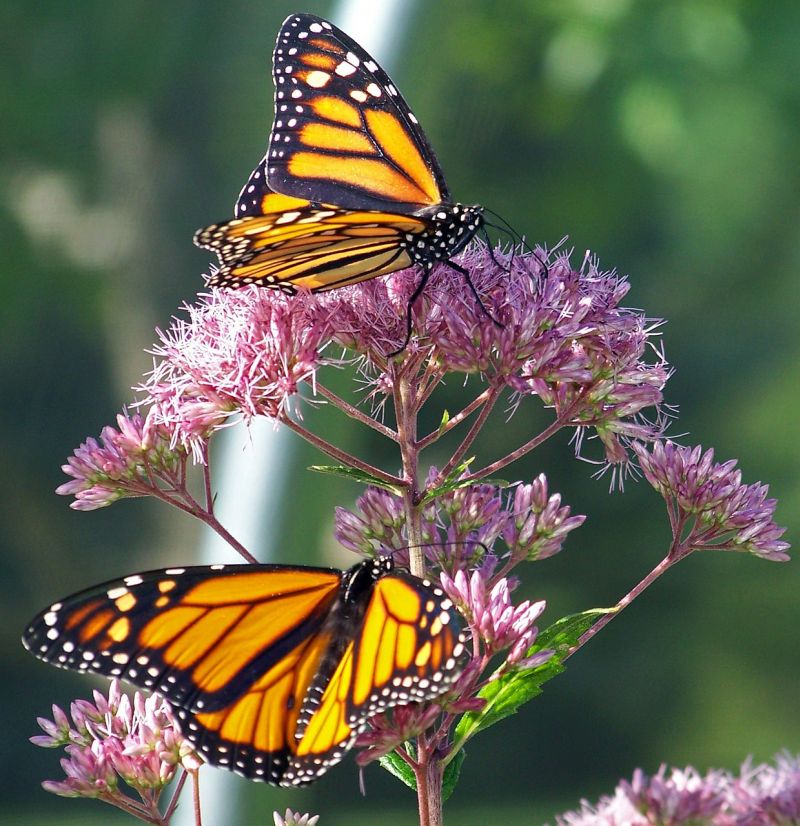



In addition to being absolutely beautiful, butterflies are also critical pollinators. They spread pollen from plant to plant, and the result of all that flitting about is the production of seeds. Those seeds form into fruit, which exponentially creates more seeds from which new plants grow.
If you think about it, this process isn't all that different from the way an inbound marketing strategy works!
Consider this: Certain factors must be in place for butterflies to choose a host flower to land upon to start the pollination process. Such host flowers must be colorful, bathed in sunshine, and produce tasty nectar, and native plants typically attract more butterflies than non-native plants.
These ideas about what inspires natural butterfly activity are important to keep in mind when it comes to enhancing your company's social media interactions.
If your social media outlets only put forth a bloom here and there every once in a while, or if they send out the same types of blooms all the time without any color or flavor variety, it makes sense that the social butterflies you want to attract will flit over to see what's growing in somebody else's social media garden. On the flip side, a lush and bountiful garden will provide enough pollen and nectar to keep butterflies – both new and old – satisfied and coming back for more.
It's time to produce social media content that plants the "seeds" of engagement and sharing necessary for your business to bear fruit. Let's take a look at how you can use proven inbound marketing strategies to make a social media garden bloom in a way that attracts regular visits from all manners of "species."



Rebecca Graves co-founded Spot On in 2012. As a partner and leader of client services, she takes immense pride in being in charge of “client happiness.” The role allows her to wield her problem-solving skills while fostering big-picture perspectives and team building. Rebecca’s more than 35 years of experience have equipped her to translate strategic planning expertise for the advancement of tech companies transforming the healthcare, financial, and legal industries.
Get the latest and greatest posts sent straight to your inbox.


